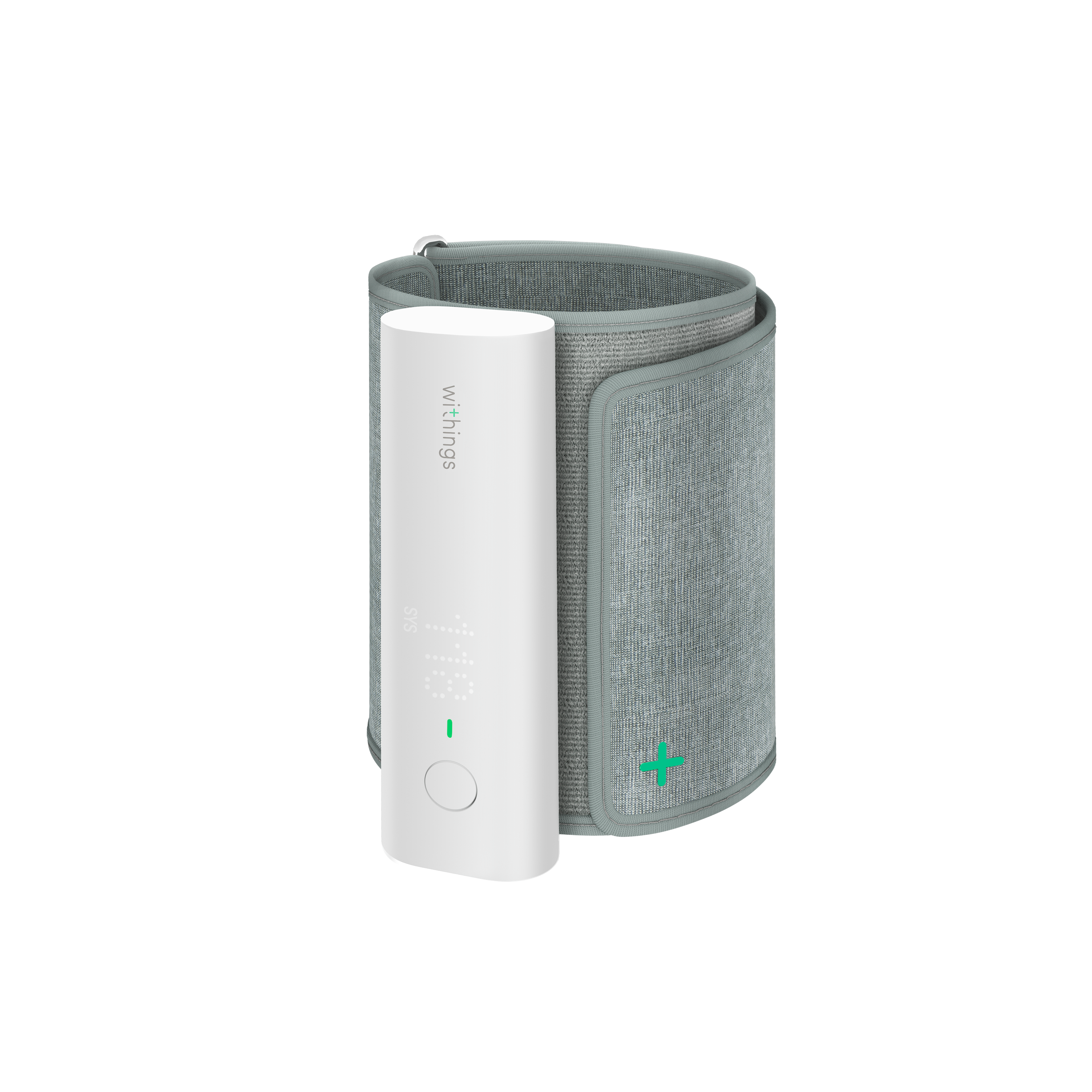
Dread going to the doctor? It turns out this may be more than a nuisance, as stress can affect the measurement of your vitals and result in the “white coat effect.” Read on to learn more about this phenomenon.
Scientific studies show that average blood pressure is higher when measured by a health professional than when taken at home. This means that your “normal” blood pressure at the doctor’s office may actually be significantly higher than your “normal” blood pressure at home.
When your blood pressure is higher in the doctor’s office than at home, this is called “white coat hypertension” or the “white coat effect.” In general, this effect is seen more frequently in those who are elderly, female, or nonsmokers. While this phenomenon is not particularly harmful to health by itself, it may lead to misdiagnosis of hypertension or the prescription of unnecessary drugs, which may lead to unintentional overdose.
Conversely, when your blood pressure measured at home is higher than in the doctor’s office, it is referred to as “masked hypertension.” Several factors are linked to this phenomenon: being young or male, smoking, alcohol consumption, physical activity, anxiety, work stress, obesity, diabetes or a family history of hypertension. Unlike the “white coat effect,” this situation presents a significant health risk, and it is important to talk to your doctor if you are concerned.
Self-monitoring of blood pressure at home can help you determine if you may be experiencing either white coat hypertension or masked hypertension, particularly when compared with measurements taken at the doctor’s office.

